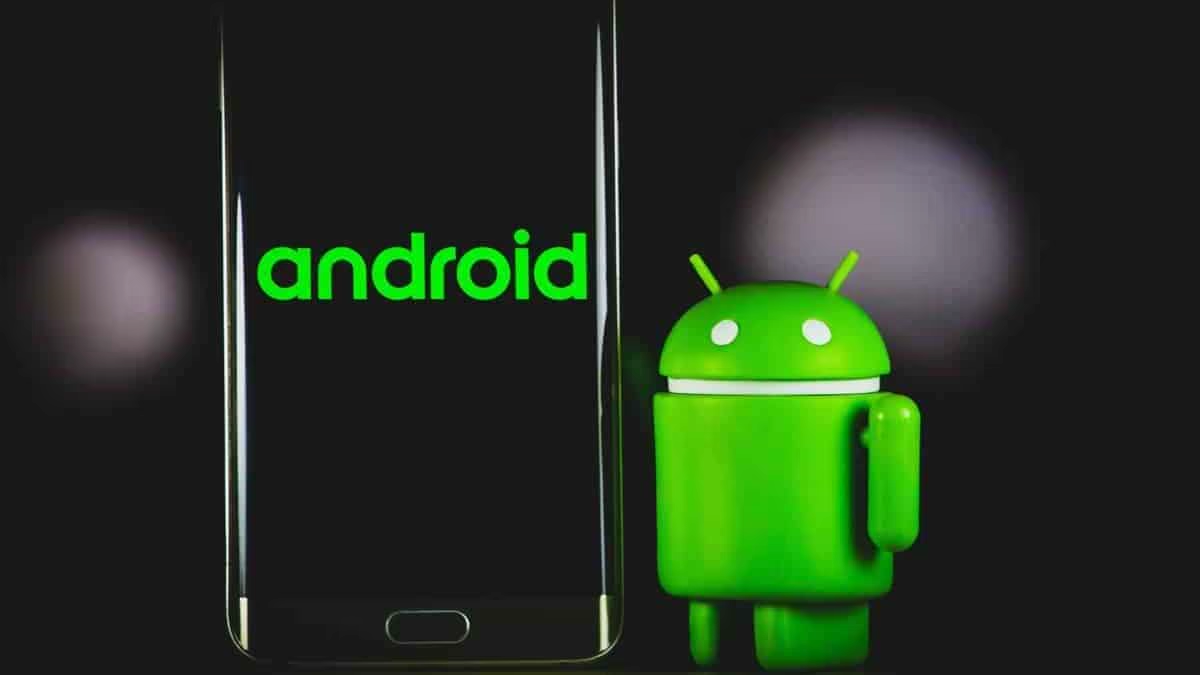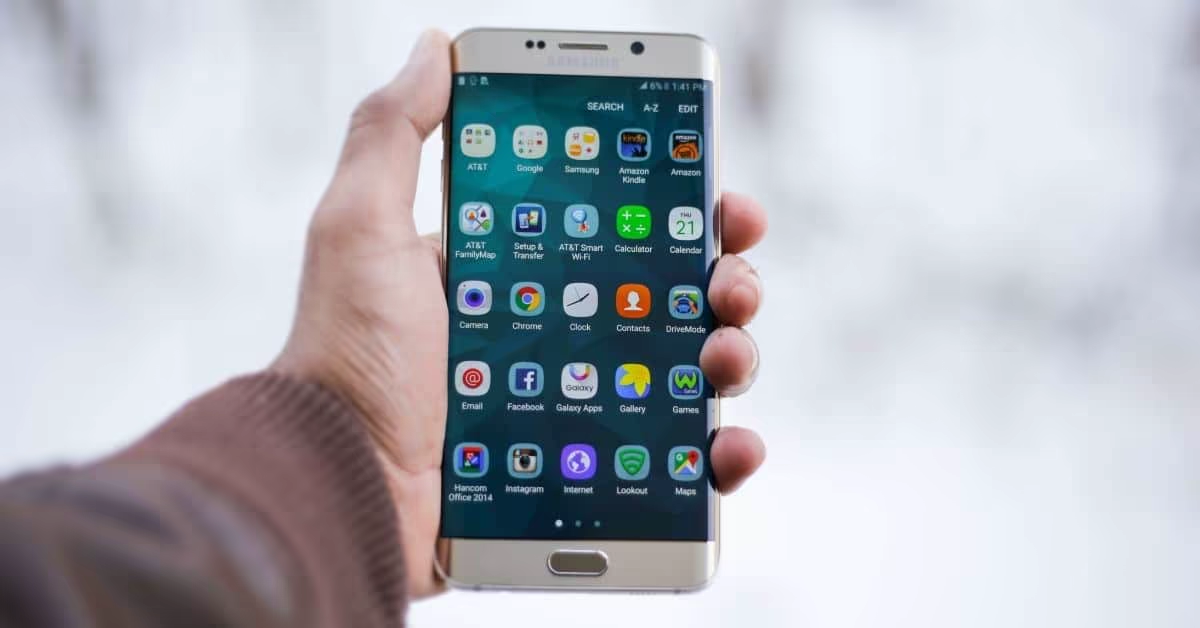Android accessibility features help individuals with disabilities use their Android devices, such as Samsung, more easily. These features are in the “Accessibility” section of the device settings app.
What Types of Disabilities Do Android Accessibility Features Accommodate?
Android accessibility features are designed to help a variety of disabilities, including visual, auditory, physical, and cognitive impairments. For example, visual accessibility features include features such as magnification gestures, high-contrast text, and color inversion, which is helpful for users with low vision. Auditory accessibility features such as captioning and subtitles are useful for users with hearing impairments. Physical accessibility features such as switch access are helpful for users with limited mobility, and cognitive accessibility features such as TalkBack are useful for users with learning disabilities.
What is Android Accessibility Suite?
Android Accessibility Suite is a collection of accessibility features that are built into the Android operating system. These features are designed to help people with disabilities, including those with visual, hearing, or physical impairments, use their Android devices more easily.
With this menu, it is possible to lock your phone, control both volume and brightness, take screenshots, access Google Assistant, and more.

How Do Android Users Enable and Customize Accessibility Features?
To enable and customize accessibility features on Android devices, go to the Accessibility menu section of the device settings. From there, turn on features such as TalkBack, magnification gestures, or switch access, and customize the features to their specific needs. For example, users adjust the speed of TalkBack or change the color scheme for high-contrast text. The customization options available vary depending on the specific accessibility setting.
What are Android Accessibility Features in Text-to-Speech Apps?
Android accessibility features in text-to-speech apps are designed to help individuals with disabilities use the app more easily. Some of the accessibility options that are generally available in text-to-speech apps and Google’s accessibility services on Android phones include:
TalkBack:
TalkBack is a screen reader that reads out loud the text and icons on the screen for individuals with low vision. Like iPhone’s VoiceControl feature, the TalkBack screen reader on Androids will give audible descriptions of the text. This feature is helpful for users who have difficulty seeing the text on the app. TalkBack screen reader describes your actions and tells you about alerts and notifications. With the TalkBack braille keyboard, it is possible to use 6 fingers on your screen to enter the 6-dot braille. TalkBack braille keyboard is available in Unified English Braille, Spanish, and Arabic.
Select to Speak:
Select to Speak is an accessibility feature that allows users to highlight text and have it read out loud. This feature is useful for individuals who have difficulty reading or comprehending text on their devices.
Magnification G estures:
Magnification gestures allow users to zoom in and out of the screen by using gestures. This is helpful for individuals with low vision who need to enlarge the text size on the app.
High C ontrast text and color I nversion:
High-contrast text and color inversion adjust the colors of the display to make the text and images more visible for individuals with low vision. To adjust contrast or colors, use high-contrast text, dark theme, color inversion, or color correction.
Customizable display size:
The ability to customize the font size is helpful for users who have difficulty reading small text on their devices.
Alternate input methods:
Text-to-speech apps also offer alternate input methods for users who have limited mobility or difficulty typing. For example, the app offers voice dictation or the ability to control the app with external switches.
Sound Amplifier:
It is a feature that amplifies sound for users who have hearing impairments. Sound Amplifier lets you use wired or Bluetooth headphones to filter, augment, and amplify the sounds in your environment or on your Android device.
Real-time text (RTT):
It lets you use text to communicate on phone calls.
Action Blocks:
It lets you use customizable buttons for routine actions on your Android home screen.
Live Transcribe:
Live Transcribe captures speech and sound. It then displays them as text on your screen. Live Caption automatically captions speech on your device.
Hearing aid support:
It lets you pair hearing aids with your Android device to hear more clearly.
Switch Access :
It lets you interact with your Android device with one or more switches instead of the touchscreen. It is possible to use a switch or keyboard to control your device.
Among many accessibility apps, text-to-speech apps also provide accessibility for people.
Speaktor is a text-to-speech software, which is available on both Android and iOS. If you are using Apple devices iPhone or iPad, download it from AppStore; if you are using Android devices, download it from Google Play Store.
In the Android app, Speaktor needs your permission to capture speech and then it converts your speech into written text.
By providing a synthesized voice, and enabling people with visual, learning, or language disabilities to access audible material, Speaktor provides accessibility to its users.





 Dubai, UAE
Dubai, UAE